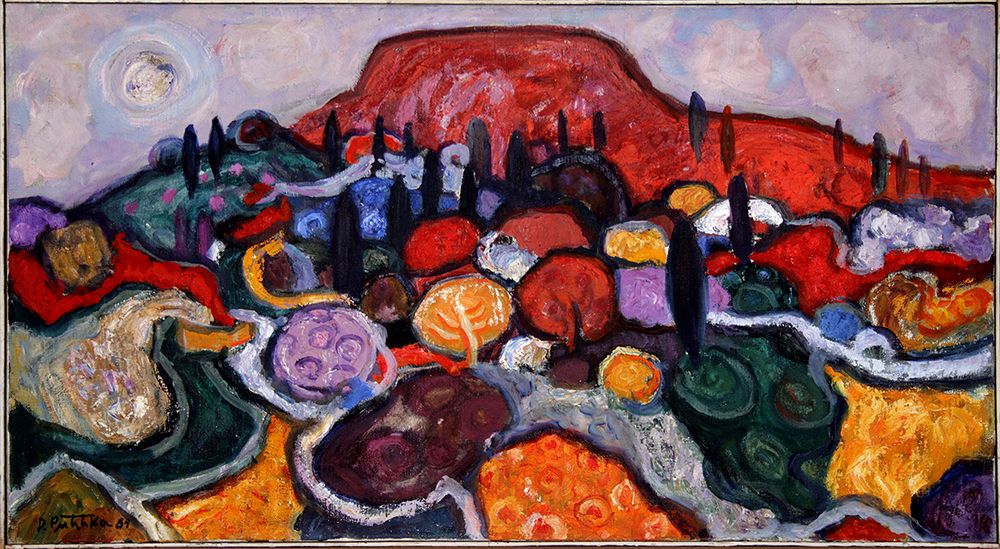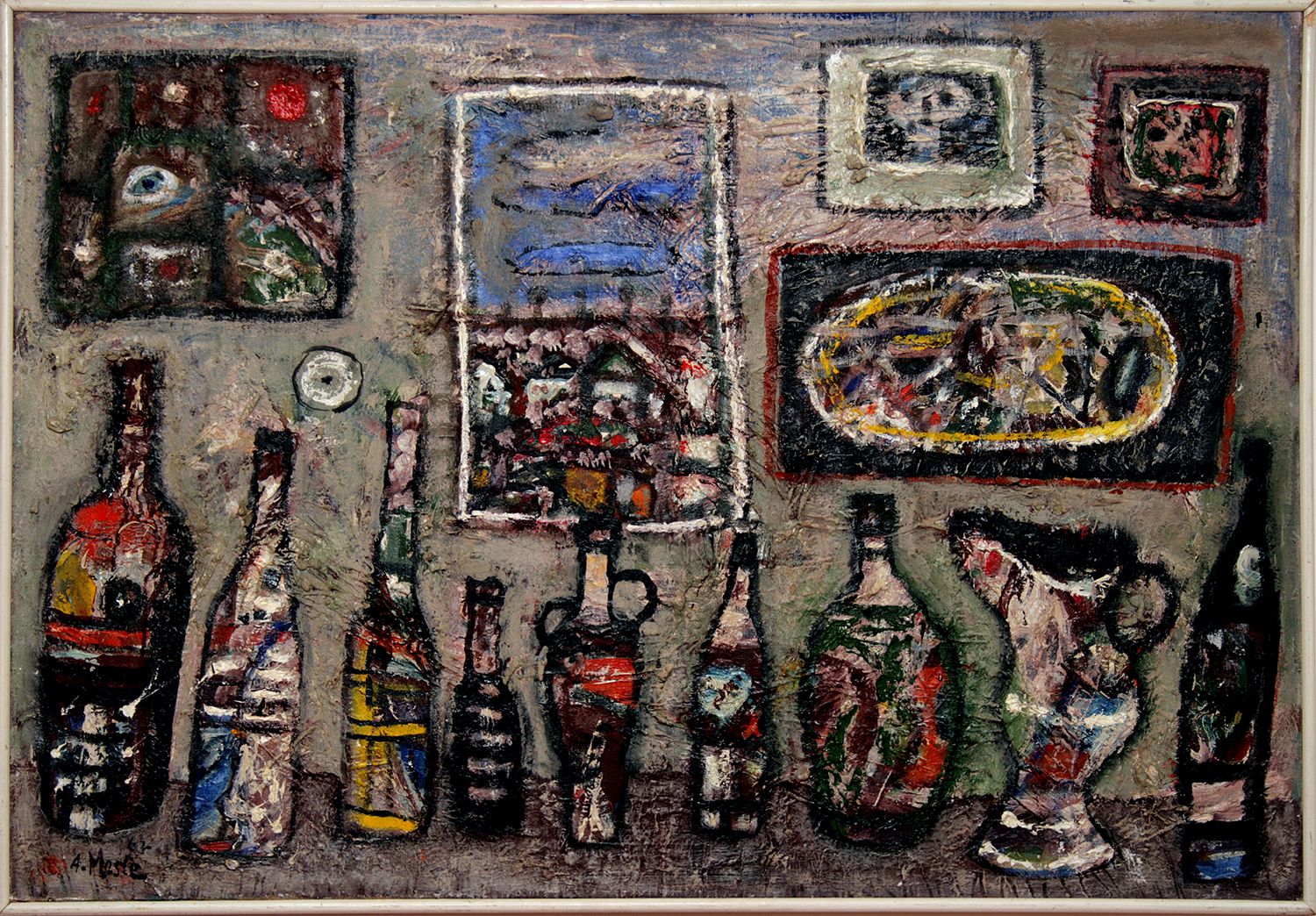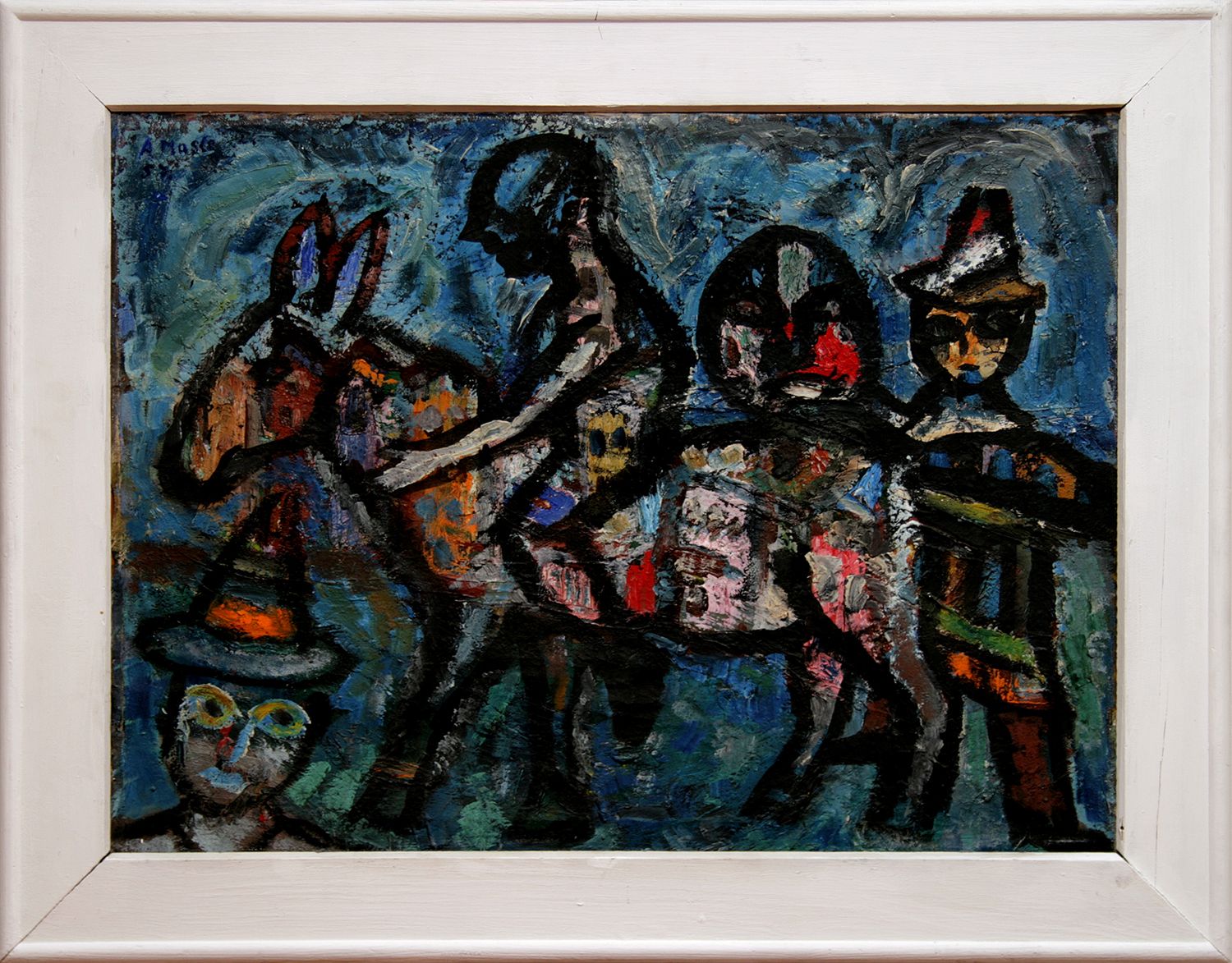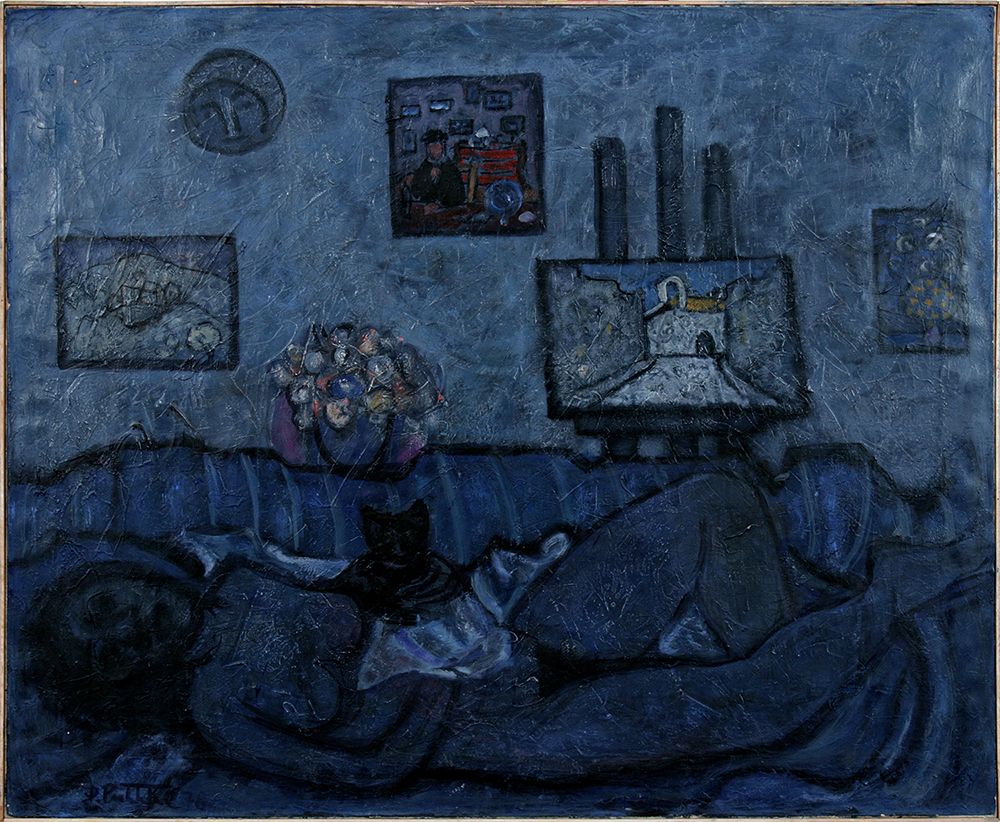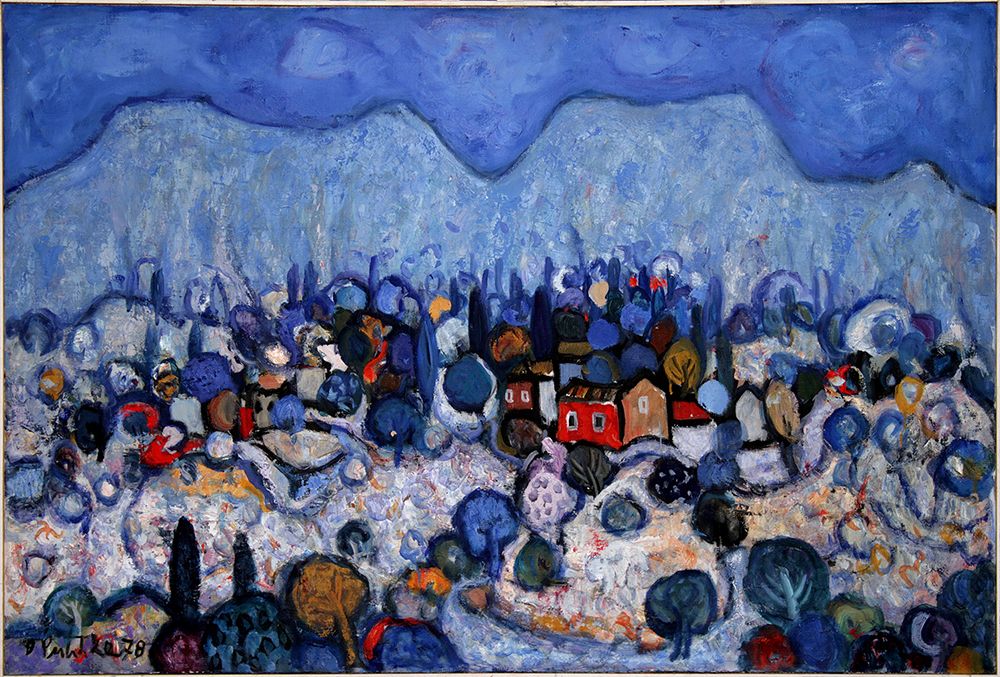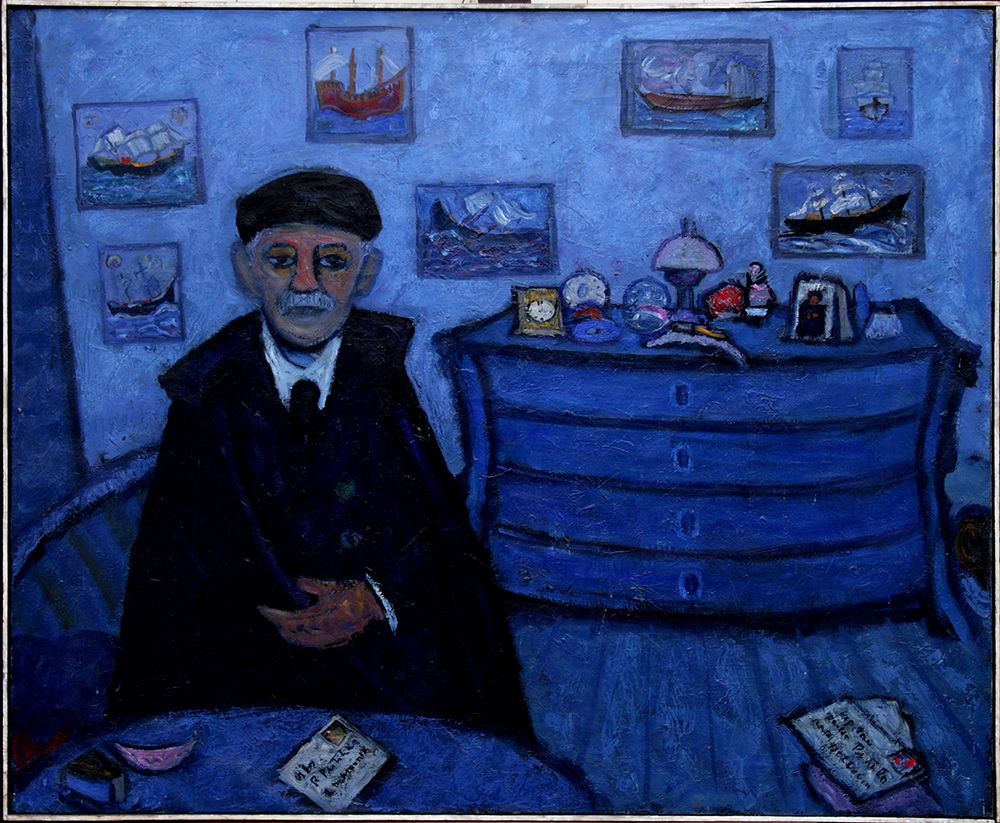Ivo Dulčić, Antun Masle and Đuro Pulitika are artists who made their names in the 1950s and 1960s. They are the most prominent artists to have appeared in Dubrovnik in modern times. They were connected by bonds of friendship, by the setting in which they grew up and a common artistic affinity for the colourist and expressionist manner of artistic expression.
The oeuvres of these three artists, however, outgrew a purely local importance and are part of the history of Croatian modern art. The idea of a gallery with a permanent display of their works became a reality in 1997, simultaneously with the setting up of a Ronald Brown Memorial Room in the same house, dedicated to the American diplomat who died in an air crash in the Konavle mountains just south of Dubrovnik in 1996.
In 2005, the management of the Dulčić/Masle/Pulitika Gallery was taken over by the Museum of Modern Art, Dubrovnik.
Ivo Dulčić (1916-1975) is a painter who produced a large oeuvre of a series of landscapes, urban motifs and portraits, he also tried his hand with equal success in a number of techniques – watercolour, gouache, oil, fresco and mosaic. In his portraits he was equally successful in his brilliant drawing in colour and in the psychological penetration of the character of the sitter. In the cityscapes and landscapes the motif was practically dissolved in the vibrant, colour-saturated surface, although Dulčić never ultimately abandoned figuration.
A large part of his work consists of pieces on religious topics, which he produced in churches and monasteries in and around Croatia, sometimes in monumental dimensions. Making use of the fresco technique, of mosaics and stained glass, with intense colours and boldly stylised forms, Dulčić had a vital effect in modernising Croatian religious art.
Antun Masle (1919-1967) used paint in his portraits, landscapes and still lifes, in a way that was cognate to the principles of the Fauves, and in later periods was not far from Art Brut.
The simplification of form and the stylisation of shape in Masle’s paintings were the fruit both of his having been brought up on the achievements of these directions and of a sensitive nature that was close to the imagination and expression of a child.
Đuro Pulitika (1922-2006) was loyal throughout the entirety of his creative work to his own vision of the landscape of Dubrovnik, which he presented in stylised forms and vivid colours. Apart from landscapes, frequent subjects of his paintings are two-dimensionally-treated life studies, with vividly coloured flesh tones. He outlived both of his friends, and was until very recent times still creatively at work in his studio in the tower of Sv. Ivan (St John) in Dubrovnik.
Dulčić - Masle - Pulitika Gallery Address:
Poljana Marina Držića 1, 20000 Dubrovnik
Opening hours:
Tuesday - Sunday: 9 a.m. - 8 p.m
Closed on Mondays.

